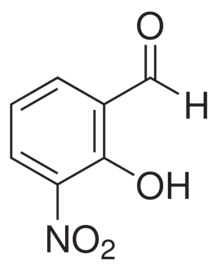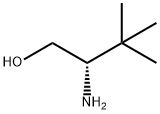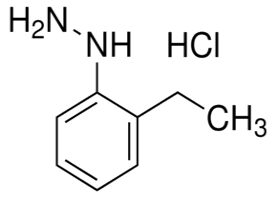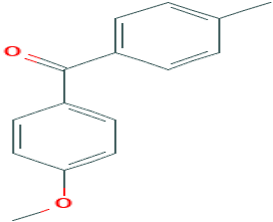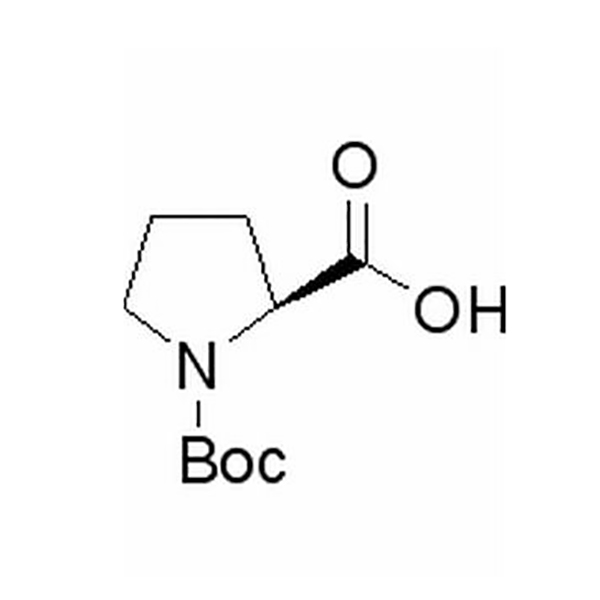Pyridine-4-boronic acid(CAS# 1692-15-5)
Risk and Safety
| Risk Codes | R36/37/38 – Irritating to eyes, respiratory system and skin. R22 – Harmful if swallowed R34 – Causes burns R11 – Highly Flammable |
| Safety Description | S22 – Do not breathe dust. S24/25 – Avoid contact with skin and eyes. S36/37/39 – Wear suitable protective clothing, gloves and eye/face protection. S26 – In case of contact with eyes, rinse immediately with plenty of water and seek medical advice. S45 – In case of accident or if you feel unwell, seek medical advice immediately (show the label whenever possible.) S16 – Keep away from sources of ignition. |
| WGK Germany | 3 |
| HS Code | 29339900 |
| Hazard Note | Irritant |
| Hazard Class | IRRITANT, KEEP COLD |
Pyridine-4-boronic acid(CAS# 1692-15-5) introduction
4-Pyridine boronic acid is an organic compound. The following is an introduction to the properties, uses, preparation methods and safety information of 4-pyridine boronic acid:
Quality:
- Appearance: 4-pyridine boronic acid is a colorless crystalline solid.
- Solubility: Soluble in water and common organic solvents such as alcohols, ethers, and ketones.
- Stability: 4-Pyridine boronic acid is stable at room temperature, but decomposition may occur in the presence of high temperatures, high pressures, or strong oxidants.
Use:
- Catalyst: 4-pyridylboronic acid can be used as a catalyst in organic synthesis reactions, such as C-C bond formation reactions and oxidation reactions.
- Coordination reagent: It contains boron atoms, and 4-pyridylboronic acid can be used as a coordination reagent for metal ions, playing an important role in catalysis and other chemical reactions.
Method:
- 4-Pyridine boronic acid can be obtained by reacting 4-pyridone with boric acid. The specific reaction conditions will be adjusted according to the actual situation.
Safety Information:
- 4-Pyridine boronic acid is a general organic compound, but it is still necessary to take care of safe handling. Protective glasses and gloves should be worn for operation.
- Avoid contact with skin and inhalation of dust. In case of accidental contact with skin, rinse immediately with plenty of water.
- During use and storage, care should be taken to avoid contact with strong oxidants and strong acids to avoid triggering dangerous reactions.
- When disposing of waste, it should be disposed of safely in accordance with local regulations.


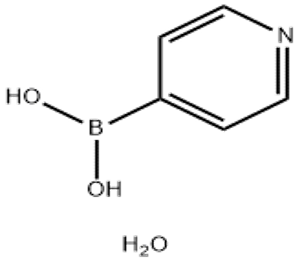
![N-[(1,1-dimethylethoxy)carbonyl]-L-leucine(CAS# 13139-15-6)](https://www.xinchem.com/uploads/BocLLeucine.png)
